Veteran trees and veteranisation.
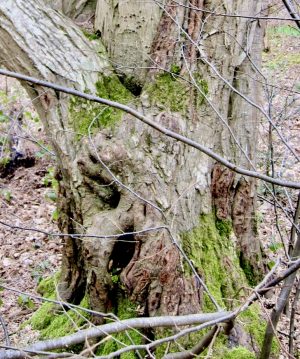
A thousand years ago, significant areas of the country were devoted to wood pasture, that was grazed by livestock. As time passed, much of this became royal hunting forest - a mixture of woodland, coppice, open land and farms. As the woodlands were managed (through traditional techniques such as coppicing and pollarding), many of the trees were able to grow to maturity. They became veteran trees. Trees such as beech reach maturity after some 200 years, oaks take 400 years and yew 900+.
Such veteran trees can be seen in areas like the Savernake (south of Marlborough) and Sherwood Forests. Saverrnake has veterans like the Big Belly Oak, and Sherwood has the Major Oak. Sadly, since the nineteenth century many veteran trees and ancient woodlands have been lost due to the expansion of agriculture, housing development and road & rail creation. Veterans have also been lost from hedgerows, many of which were grubbed out to enlarge fields to allow for increasing mechanisation.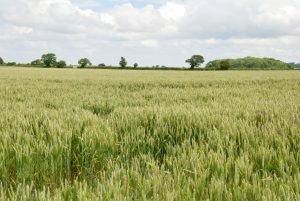
As oaks and beeches age so they change, they expand, trunks hollow, cracks and holes appear, heart rot develops and dead wood appears. Each tree offers a myriad of micro-habitats. Bracket fungi feed on the dead heart wood, as do stag beetle larvae. Mosses and lichens live on the bark, attached to crevices that channel the rain down the trunk, bats, woodpeckers and nuthatches inhabit holes. Other birds (like redstarts) nest in the branches and twigs. The decaying leaf litter beneath the tree offers sustenance to a variety of beetles, and fungi (e.g. oakbug milkcap). English oaks are associated with more than two thousand species, and more than two hundred are directly dependent on the trees.
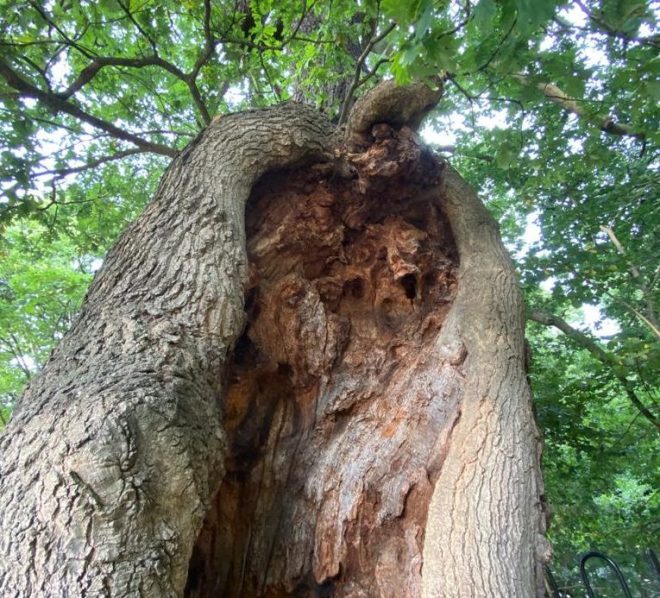
The loss of so many veteran trees has resulted in an international project to determine if these trees can be ‘replaced’. It involves a technique termed veteranisation. Younger trees are damaged in order to start the process of decay and ‘ageing’. The process may include
- Creating woodpecker-like holes
- Creating nest boxes for birds / bats
- Breaking branches
- Damaging the bark / trunk - to simulate deer / animal damage
- Inoculation with fungi
It is being trialed at some 20 different sites in Norway, Sweden and England. The project started in 2012 and will run for some 25 years. It is hoped that such ‘techniques’ could be used to accelerate the formation of veteran trees status with its associated biodiversity.
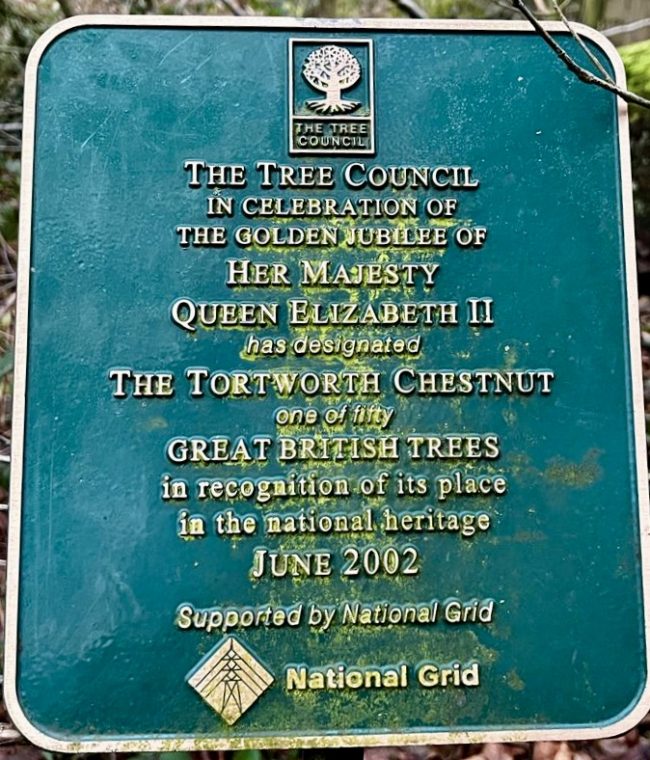
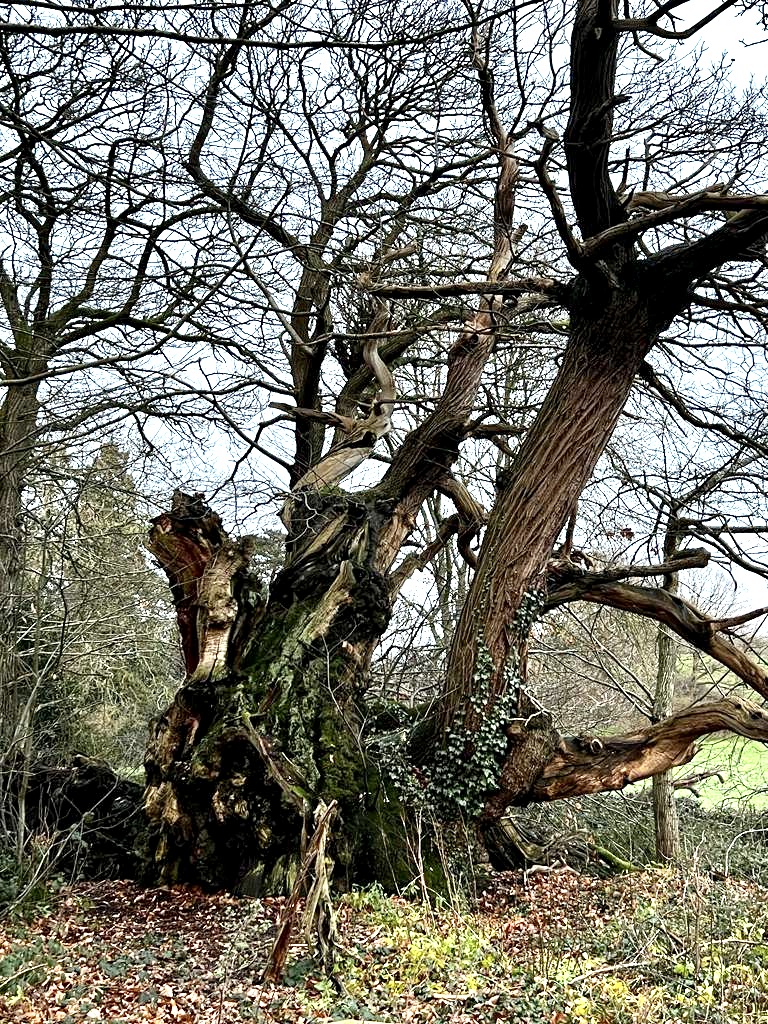
Thanks to Angus for tree jpgs.
For further information :
https://www.gov.uk/countryside-stewardship-grants/creation-of-dead-wood-habitat-on-trees-te13
https://www.woodlandtrust.org.uk/media/1798/wood-wise-ancient-trees.pdf (opens PDF)
Comments are closed for this post.
